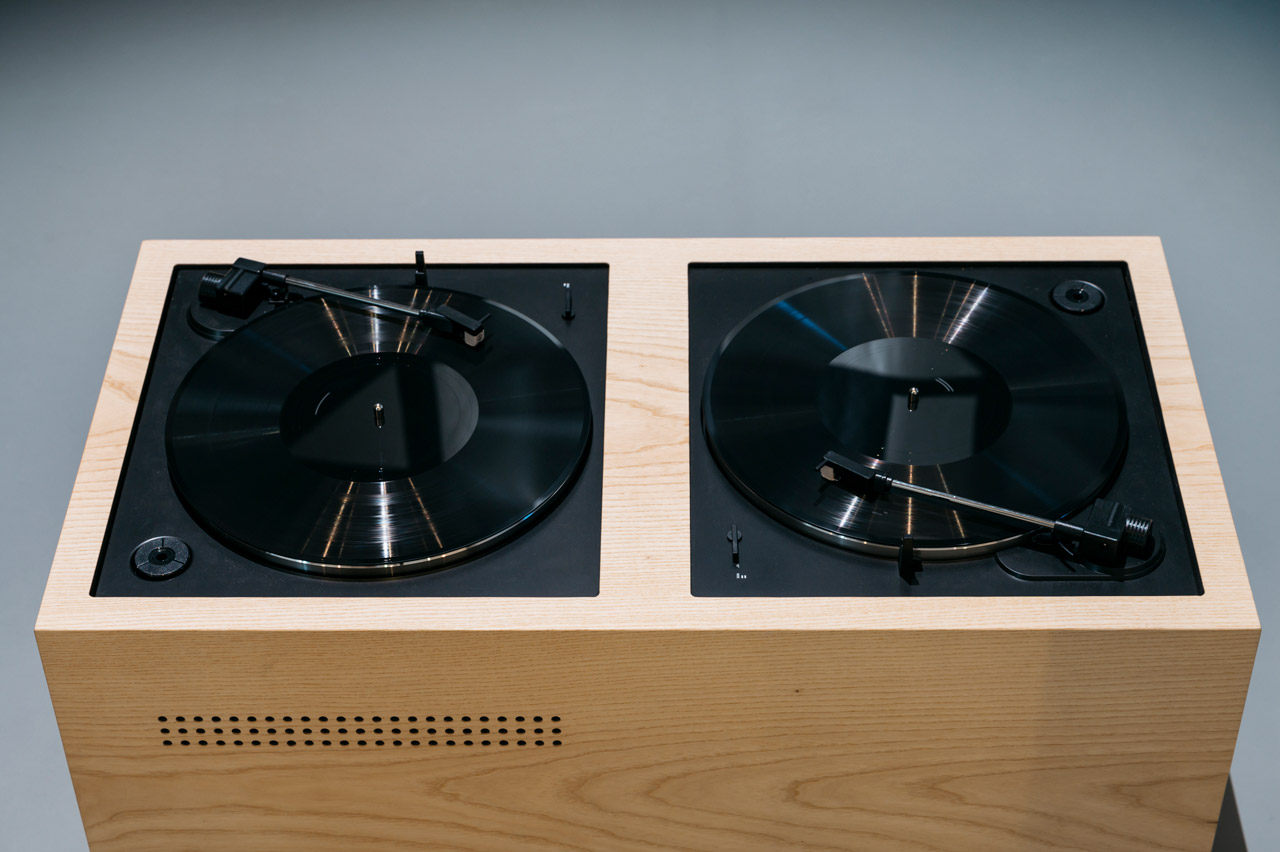Furniture music, or Musique d’ameublement in the original French, is a style of composition written by the French com- poser Erik Satie (1866–1925) from 1917 onwards. It is consid- ered the first “ambient” or “easy listening” music, designed to be played in the background rather than as a centrepiece. The name refers to the fact that the pieces are intended to “furnish” the room without attracting too much attention.
In 1980, the American composer John Cage (1912–1992) responded to Satie with a composition titled Furniture Music Etcetera. Particularly influenced by the idea of background music in his famous silent work 4’33”, especially Muzak (easy listening music played in office buildings), Cage used the piano parts from Satie’s furniture music and his own work Etcetera from 1973 to form a new composition for two pianos. The score consists of a timetable indicating which pianist is to play excerpts from either score. Durations are given, while dynamics, tempo and specific choices as to material are left to the performer.
In Gal’s work, the piano parts from the furniture music and Etcetera are each pressed onto a vinyl. The two record players built into the furniture sculpture are connected by a voltage control system. Each turntable motor is triggered by short dynamic sound events – known as transients – made by the piano on the other record. The piano pieces cause each other to play according to random automated elements. The composition thus reaches a new level of indeterminacy and becomes a new piece played by the furniture itself.

